Review for Tokyo Ghoul Season 1 - Collector's Edition
Introduction
I really wanted to watch Tokyo Ghoul when it was streamed. I made time in my week to be there front and centre in front of my laptop, as this was a show that in some ways harked back to the kind of anime that hooked me in the first place, blood and guts and uber-violence. Problem number one was that it was on Animax in the UK, who have a peculiar definition of scheduling, and when an episode was invariably delayed, they never bothered to move the free-to-view window to compensate. There were episodes that were never streamed for free. The second and most obvious issue was the censorship. It’s almost become a badge of honour, a form of insidious advertising for those shows that exceed Japanese broadcast standards, to have violent or sexual imagery obscured for the broadcast, with the promise of uncensored video on the eventual Blu-rays and DVDs. The infamous black fog obscured much of the action in Deadman Wonderland, but that was but a gentle mist compared to the extreme obfuscation that Tokyo Ghoul received. They’d either invert the colours so that it looked like an old camera film negative, or they’d pump in so much black fog that there would be nothing to see, or both. I gave up on Tokyo Ghoul halfway through, and never even bothered with the √A sequel.
Thankfully Anime Limited are now releasing Tokyo Ghoul on Collector’s Edition Blu-ray (limited to 1000), with the rigid artbox, hardcover book and other goodies along with the discs and their content. The DVD edition follows in a few weeks, and no doubt there will be a standard edition Blu-ray once this Collector’s Edition sells out. Now that I have the check discs, I get to see the show, sans censorship, and at my whim, not Animax’s.
Kaneki Ken is a pretty normal university student, enjoys literature, has a close friend in Hide, and a healthy appreciation for girls or at least one girl in particular, Rize. Hide tells him that she’s out of his league, but a mutual like of a certain author is enough to snag him a date. It’s all well and good, but Kaneki lives in a Tokyo where humans have to co-exist with ghouls. Ghouls are supernaturally strong beings who subsist on human flesh, which makes Tokyo something of a happy hunting ground. As luck would have it, Rize is a ghoul who’s actually looking on Kaneki as her next feast. A building site at night is a nice quiet place to eat, but a girder collapse puts Kaneki in hospital, fighting for his life. The doctors have no option but to perform a transplant from the dead girl who was brought in with Kaneki...
When Kaneki comes around, he finds that he’s lost his appetite for human food; it makes him throw up. On the other hand, humans smell... appetising. He’s become a half-ghoul, taken on their invulnerabilities, and some special powers, but he can only eat human flesh. That isn’t going to happen, and the self-loathing and despair drives him into seclusion. But then there is the cafe that he and Hide frequent, Anteiku, which turns out to be a ghoul gathering place in Tokyo’s 20th Ward. It’s where Kaneki learns the other side of the coin, that not all ghouls are monsters, most ghouls are just people who want to coexist with humans, and Anteiku’s manager helps Kaneki find his place in this new world. He also has some dubious help from Anteiku’s harsh waitress Touka. But some ghouls really are murderous monsters, and the half-ghoul half human tantalises their taste buds, while from the human side, there is the CCG organisation tasked with hunting down the monsters, and cleansing Tokyo of the ghoul menace, even if they’re just trying to fit in. But a half-ghoul half human might just be the bridge that the two sides need.
12 episodes of Tokyo Ghoul are presented across two Blu-rays from All the Anime.
Disc 1
1. Tragedy
2. Incubation
3. Dove
4. Supper
5. Scars
6. Cloudburst
7. Captivity
8. Circular
9. Birdcage
Disc 2
10. Aogiri
11. High Spirits
12. Ghoul
Picture
Tokyo Ghoul gets a 1.78:1 widescreen 1080p transfer. These discs are essentially the Funimation discs reworked with an All the Anime logo, so the image quality will be the same. It’s clear and sharp, with strong consistent colours throughout. Tokyo Ghoul is a quality animation with production values evident on screen, and the HD resolution brings out the detail and visual impact to excellent effect. However, these being Funimation masters opting for the usual dual layer single layer disc distribution, digital banding is a little more evident than Anime Limited’s home authored discs (Space Dandy for instance was all on dual-layer discs with even episode splits). It’s never enough to distract, and actually it’s less evident that the usual Funimation Blu-ray releases. In the US they’ve also given Tokyo Ghoul the premium treatment, and that does tell in the AV quality.
The elephant in the room is censorship, of which there was plenty on the broadcasts, but I’m pleased to say that there is none on the Blu-rays, not even the minimal home video censorship that shows like Deadman Wonderland and Strike Witches got. There’s one moment in episode 2 that looks partially censored, a decapitation scene, but it’s more a creative choice to save the reveal for when the head stops rolling and lands in Kaneki’s lap. Quite frankly, the violence and gore, while graphic is never gruesome, exploitative, or aggrandised, and the broadcast censorship actually gave the impression that it would be worse than it eventually was.
The images in this review are kindly supplied by Anime Limited.
Sound
It’s the usual Funimation options of Dolby TrueHD 5.1 Surround English, and 2.0 Stereo Japanese, this time with subtitles and signs locked to the appropriate track. As usual for Funimation discs, the audio levels are a little lower than normal. I went with the Japanese audio, and was very happy with the experience, the actors were cast well, and the stereo gave enough space for the action, and the squelchy, bone crushing sound effects. The subtitles are timed accurately, and are free of typographical errors. I gave the dub enough of a spin to ensure that it exists on these discs, and from what little I heard, it didn’t sound too bad.
Extras
It looks this time as if All the Anime are using Funimation’s masters for the Blu-ray release, hence the episode distribution, extras, audio format and trailers. The discs present their content with animated menu screens.
Disc 1 autoplays with a trailer for Future Diary.
Here you will find a chilled monkey brains commentary to accompany episode 4, featuring ADR director and voice of Amon, Mike McFarland, actors Austin Tindle (Kaneki), J. Michael Tatum (Tsukiyama) and Brina Palencia (Touka).
Disc 2 autoplays with a trailer for the Darker Than Black Premium Blu-ray Edition. Region B UK license, please someone?
Kaneki in Black and White is a 27:42 featurette that has the English voice cast talking about Kaneki’s character, and the journey he goes on in the story.
The episode 12 commentary features Mike McFarland, Monica Rial (Rize), Christopher Sabat (Yamori), and Austin Tindle once more.
One thing I’ve noticed about Funimation releases is that when they can’t get Japanese materials for extra features, they create their own with the English voice cast and localisation crew, and it does give a limited perspective on things. I’d much prefer the creators’ viewpoints although they’re usually harder to come by. That’s where Anime Limited's physical extras come in, especially in terms of the added art books. Alas, the check discs were all I got.
You do get 2:12 of Japanese Commercials, 2:34 of Promotional Videos, and 6:22 of Preview Collection.
The US trailer for the show is on this disc, as well as further trailers for Ghost in the Shell: Arise Borders 3 & 4, Black Butler, Basilisk, Deadman Wonderland, Selector Infected Wixoss, Noragami, Black Lagoon, and the original Full Metal Alchemist on Blu-ray (someone license this one for Region B Blu-ray as well, please!)
There is the Textless Opening, and 4 versions of the Textless Ending, all rendered less than textless by locked subtitles. All of the video extras are in HD, and that’s your lot for on disc stuff.
Conclusion
It turns out that I did watch all of Tokyo Ghoul Season 1 when it was streamed, although it’s perfectly reasonable to think that I had indeed dropped it halfway through, as at the end of episode 12, the story just unceremoniously stops in the middle. Certainly it takes Kaneki’s character arc up to a pivotal and climactic moment in the show, but in terms of the story and the rest of the plot arcs, it’s very much unfinished business, not even so much as a cliff-hanger, than it is a ‘to be continued’. That’s not really a problem as the twelve episodes of Tokyo Ghoul that we get here are really quite good. This is one of the better shows in recent years, although I have to admit to a nostalgic appreciation of the ‘blood and guts’ crazy violence genre of anime.
I can’t help feeling that it could have been even better though. I wound up comparing Tokyo Ghoul to another supernatural culture clash show, Shiki. In Shiki, an isolated village community in the mountains became victims of a vampire infestation, which slowly grew as more and more of the locals were turned into vampires. It was a wonderfully told story that set its stall out early on when it came to which side to support, the poor humans preyed upon by the evil bloodsuckers. And then over the course of 22 episodes, Shiki went about subverting its own premise, revealing the humanity in the monster, and the monster in humanity, until you were torn between two sides. The thing is that the narrative unfolded naturally, and provoked debate in the audience.
Tokyo Ghoul on the other hand takes you firmly by the hand and guides you through its story. There’s no debate to be had here, no ambiguity of premise, no shades of grey, despite what they say in the Kaneki in Black & White featurette. We begin with the obvious starting point of evil ghouls preying on vulnerable humans, typified by Rize’s gorging on flesh, and Yamori’s sadism, with Kaneki the most vulnerable of humans when he actually develops a crush on ‘fellow loner’ Rize. But the end of the first episode immediately makes us question our preconceptions when Kaneki wakes up in hospital, now turned into a ghoul thanks to a transplant. After a brief period of self-loathing, Kaneki discovers some light at the end of the tunnel when he learns that the Anteiku cafe is actually the haunt of ghouls, but nice ghouls who don’t prey on live humans (they take advantage of suicide victims though), and who just want to co-exist with human society.
To underline the fact that the ghouls are the good guys in the show, we get to meet loving ghoul mum Ryoko, and cute as a button ghoul daughter Hinami, both of whom become victims to make clear just who the villains of the piece are. It’s not the other ghouls, although there are still those in Ward 20 like Tsukiyama who would qualify as such, and other such as Nishio who straddle the border, while the Aogiri group would definitely be considered antagonists, even if they are ghouls. But all of the ghouls are eventually revealed to be complex and interesting individuals; even the most heinous of them Yamori, eventually gets a tragic background reveal.
The real villains of the piece are the CCG group, policemen and investigators in appearance, but really just licensed ghoul exterminators. Ironically they use ghoul biology to dispatch their victims. Sure enough, the opening scene with Rize’s feast would make you think that the CCG are justified in their slaughter, but then they are shown targeting the loving mother ghoul and her cute as a button daughter ghoul, any sympathy you might have had for their methods drains away. If that isn’t enough, the two main characters of note in the CCG (not counting the determined but honourable warrior Amon), are utterly psychotic. Mado appears to be a demented form of L from Death Note, evil laugh, lazy eye, and a sadistic approach to killing ghouls. This is a man who takes pleasure in his work. Then later on we meet the Near analogue, Suzuya Juzo who has supernaturally adept fighting abilities for a human in an anime that has up till this point presented the human world more realistically.
On the other hand, there’s nothing wrong with having your hand held through a story; the majority of entertainment is this way, with thought provoking ambiguity the exception rather than the rule. It all depends on how good the story is, how appealing the characters are, and in this respect Tokyo Ghoul is very good indeed. It may have its fair share of trope-fulfilling character stereotypes (wait till you see the camp gay stereotype ghoul), but the main characters are complex and interesting, most certainly Kaneki with his Gandhi-esque self-loathing approach to being a ghoul, his supportive friend Hide who never lets on just how much he really knows, and the brusque but warm-hearted Touka who obviously has a shared tragic past with her ghoul brother Ayato, one which led the siblings in obvious opposite directions, a story barely touched on in this season.
Actually, that’s pretty much par for the course in this season. There are plenty of plots started, storylines that unfold, questions asked, such as Rize’s nature, just why Kaneki received that particular transplant, the CCG’s aims, Aogiri’s ghoul rebellion and so on, with very few of these storylines addressed with a satisfactory conclusion. Really this first series is all about Kaneki’s journey into becoming a ghoul, or in his case a human-ghoul hybrid. It’s all about challenging his perceptions, his personal philosophies, culminating in a brutal, but well written torture scene, where he finally begins to understand and accept himself, accept what he is becoming. We end this first series with Kaneki apparently becoming the ghoul equivalent of a Kruznik from Trinity Blood, a transformative moment equivalent of Neo becoming The One at the end of The Matrix. That certainly bodes well for the second series, Tokyo Ghoul √A, and hopefully All the Anime can get it out sooner rather than later.
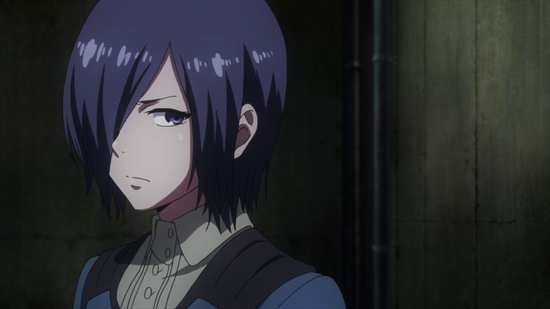
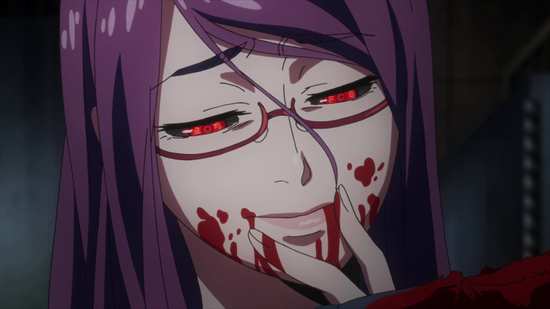
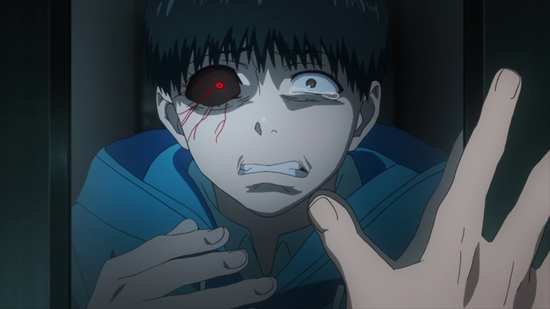

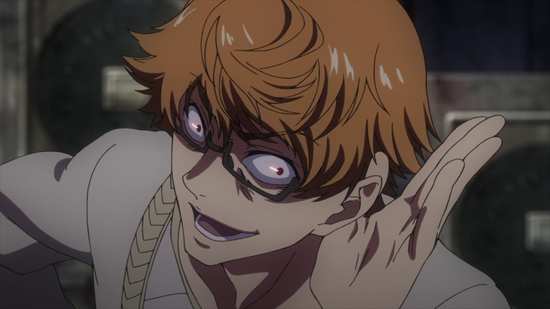
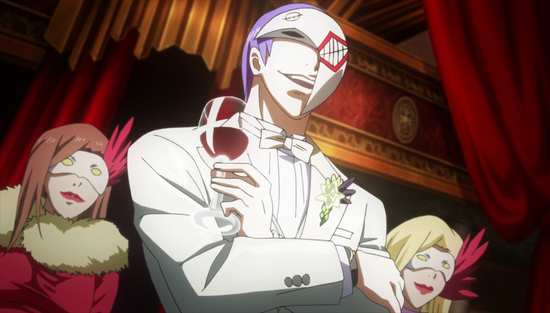
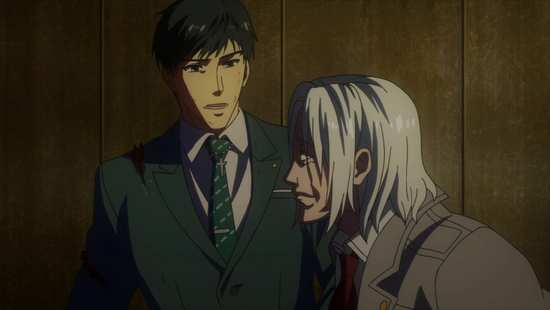
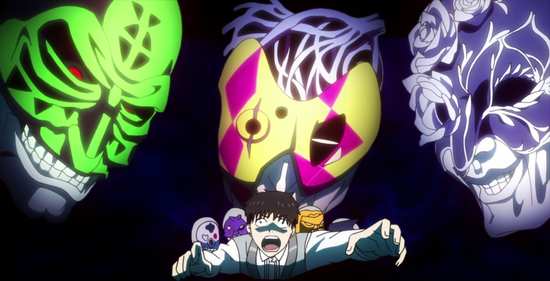
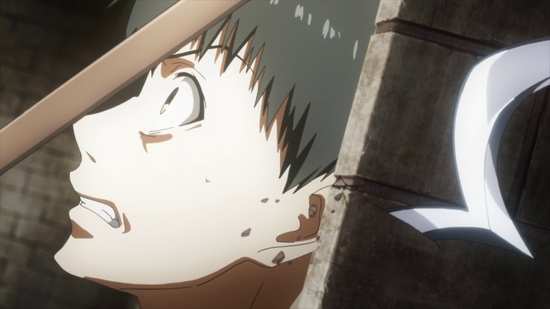
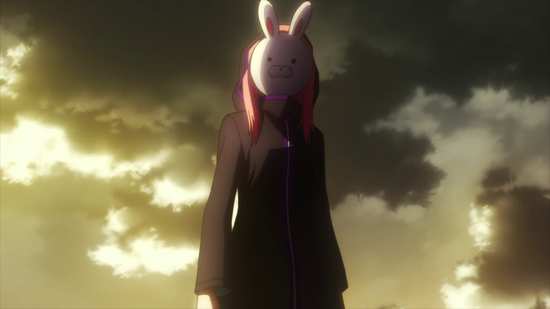
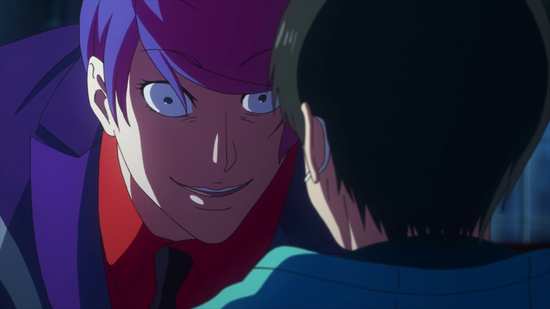
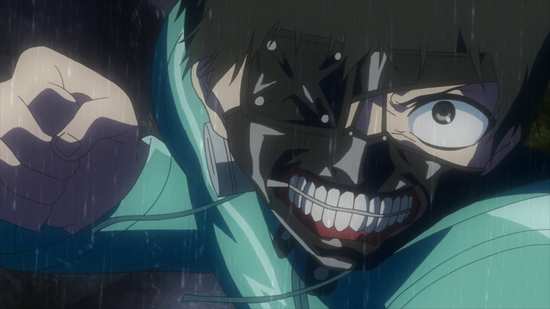
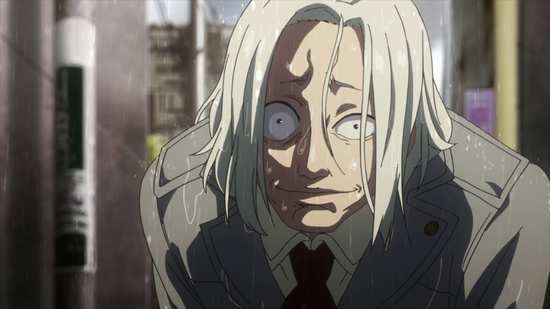

Your Opinions and Comments
Be the first to post a comment!